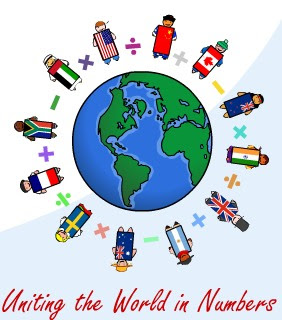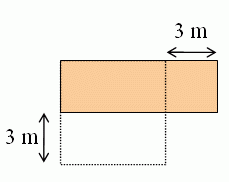Here's an interesting dilemma: We know Pi is an irrational number; mathematicians have proven it to be so. But its definition says that it is a RATIO of the circumference and the diameter of any circle. Now, when you divide a rational number by another rational number, you get a rational number. Doesn't this seem like a contradiction? In the words of a certain visitor to my site: In the equation where the circumference is divided by the diameter, when the circumference and diameter are rational values, why is it that the quotient can be an irrational quantity? The solution First of all, like a commenter pointed out, Pi being a ratio of two numbers does not mean it is rational. Pi has been established as irrational, and we know Pi = C/d, where C is the circumference and d is the diameter of some circle. It follows that either C or d or both have to be irrational! This is kind of amazing to think about, but it's true: for any circle, either the circumference, or the diameter,

